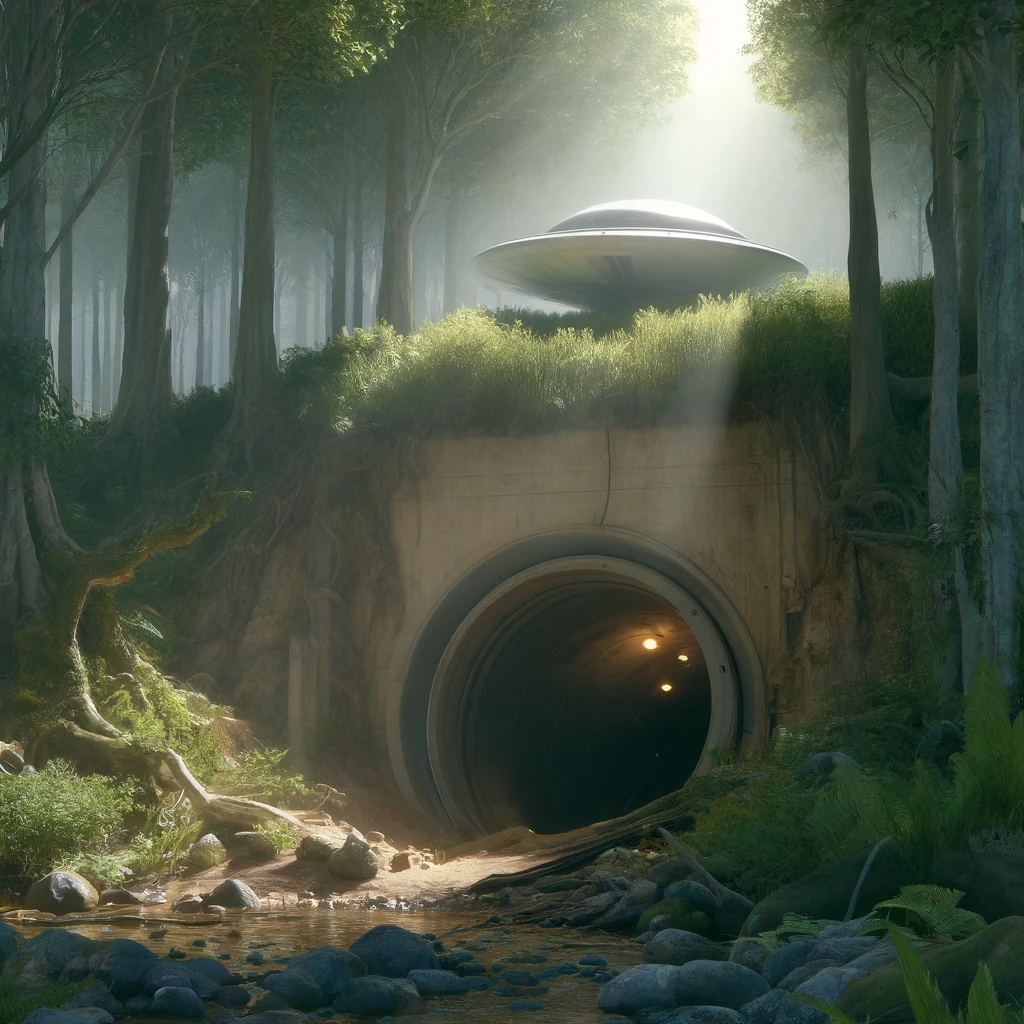Michael Masters

In a recent interview with Paula Ebben on WBZ News, Michael Masters, a professor at Montana Tech, discussed his involvement in a Harvard study that investigates various potential explanations for Unidentified Aerial Phenomena (UAP). Masters, who teaches forensic anthropology, archaeological field schools, and quantitative methods, was invited by a Harvard researcher to contribute to a series of papers exploring the origins of UAPs.
Masters’ interest in the subject stemmed from his background in biological anthropology and the frequent descriptions of UAP pilots resembling humans. The study looked into several hypotheses, including extraterrestrials, ultraterrestrials—beings capable of moving in and out of our spacetime—and crypto-terrestrials, which propose the existence of an advanced civilization sequestered on Earth, possibly underground or in the deep oceans.
Mac Tonnies, an American author, popularized the cryptoterrestrial hypothesis, which suggests that many unexplained sightings attributed to extraterrestrials might actually be due to advanced, earth-based entities. In his posthumous book, “The Cryptoterrestrials: A Meditation on Indigenous Humanoids and the Aliens Among Us,” Tonnies proposed that these beings, termed “cryptoterrestrials,” are an ancient, hidden civilization that has coexisted with humans for millennia. He theorized that their advanced technology allows them to remain undetected, potentially influencing human culture and history.
The study titled “The Cryptoterrestrial Hypothesis: A Case for Scientific Openness to a Concealed Earthly Explanation for Unidentified Anomalous Phenomena,” authored by Tim Lomas, Brendan Case, and Michael Paul Masters, was published in the journal Philosophy and Cosmology in June 2024. This comprehensive paper explores the possibility that some Unidentified Anomalous Phenomena (UAP) might be attributed to intelligent beings that have been concealed on Earth, possibly living underground or in other hidden environments. The authors argue that while the hypothesis might seem far-fetched, it should not be dismissed outright and instead should be investigated with scientific rigor.
The paper emphasizes the need for an open-minded approach to the study of UAPs, considering the increasing number of unexplained aerial encounters reported by military and other credible sources. By presenting a detailed exploration of various hypotheses, including the cryptoterrestrial theory, the authors aim to broaden the scientific and public discourse around UAPs. The study, which includes nearly 40,000 words and extensive endnotes, is designed to be accessible to both the general public and academic colleagues.
Masters also touched on the idea of “extra-tempestials,” beings from the human future capable of navigating our time-space continuum, which he personally views as the most plausible explanation for UAP phenomena. Masters elaborated on the intriguing hypothesis that humans could evolve to resemble the beings reported in UAP encounters, positing that future humans might have larger heads and smaller faces due to ongoing evolutionary trends. Over the past six to eight million years, human evolution has been characterized by these traits, and he suggests that these advanced beings might establish civilizations in uncharted territories like the deep oceans or the far side of the moon. Masters views this scenario as plausible, considering the alternative explanations for UAP origins. He emphasized the importance of considering these beings as potentially advanced versions of ourselves, given their human-like appearance and upright bipedalism, traits unlikely to evolve independently on another planet with different environmental conditions.
As the conversation continued, Masters highlighted the cultural shift from dismissing UFOs as mere fantasy to a broader acceptance of their possibility, spurred by military acknowledgments and congressional hearings. He noted that while his paper is theoretical and not based on hard evidence, it aims to explore potential explanations for the UAP phenomenon, which has gained credibility through government disclosures.
Paula Ebben mentioned the influence of science fiction on public perception, citing examples like the predictive nature of early cell phones on “Star Trek” and the philosophical ideas of the French Jesuit Pierre Teilhard de Chardin, who foresaw a globally connected world akin to the internet.
Pierre Teilhard de Chardin, a French Jesuit priest, philosopher, and paleontologist, lived from 1881 to 1955. His most significant contribution, the concept of the “Noosphere,” envisions a sphere of human thought evolving alongside the biosphere and geosphere, created by collective human consciousness. Teilhard believed the Noosphere marked a new evolutionary phase, promoting global unity and interconnectedness, akin to the modern internet. He introduced the idea of the Omega Point, a final stage of evolution where human consciousness converges in unity and perfection. His major works, “The Phenomenon of Man” and “The Divine Milieu,” integrate scientific knowledge with Christian theology.
Masters echoed this sentiment, noting that his approach ties together our evolutionary past, present, and potential future, especially considering the human-like descriptions of beings encountered in UAP incidents. He referenced Dr. Edgar Mitchell, an astronaut who founded a research organization after a transformative experience, and how their studies often report encounters with beings resembling humans.
The study explores various potential explanations for Unidentified Anomalous Phenomena, urging scientific openness to unconventional theories like the cryptoterrestrial hypothesis. Michael Masters and his colleagues emphasize the importance of considering all possibilities, including the intriguing idea that some UAP encounters might involve advanced, hidden civilizations on Earth. This comprehensive analysis encourages both public and academic audiences to rethink and investigate these phenomena rigorously, reflecting a significant cultural shift towards accepting the plausibility of UAPs in light of recent credible reports and government disclosures.


